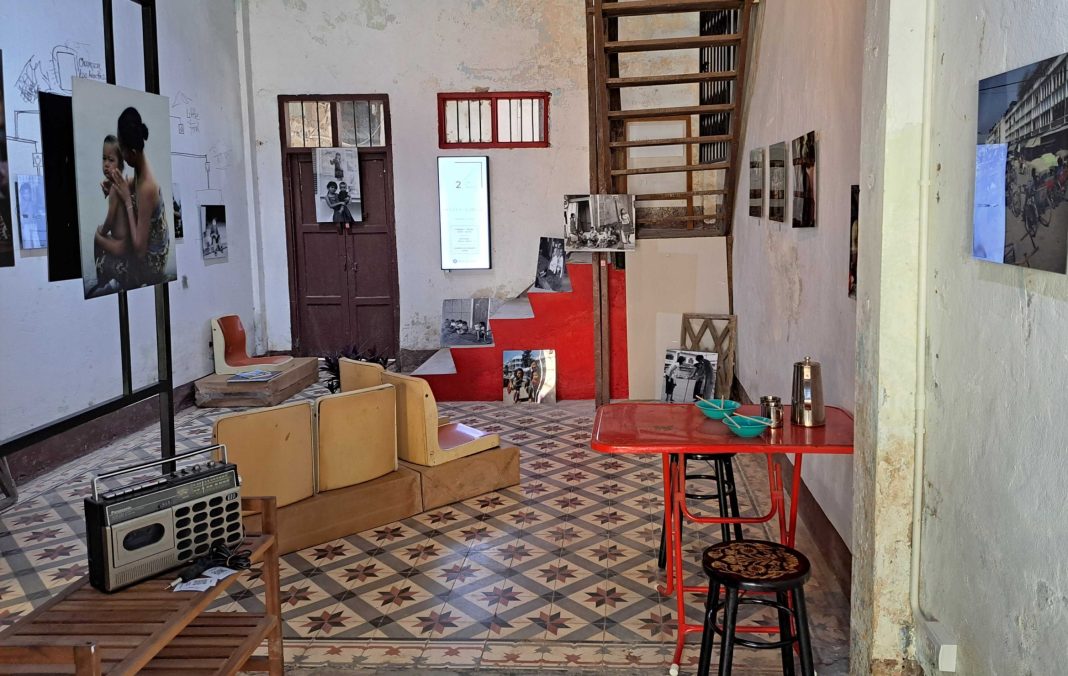In a captivating exploration of the past and present, a new photo exhibition has opened its doors in Vientiane, Laos, inviting visitors to contemplate the street photos of Klaus Morgenstern, an East-German photographer, during his visit to Vientiane in 1976.
Morgenstern embarked on a mission to Laos on behalf of the most popular magazine of the German Democratic Republic, the Neue Berliner Illustrieter. While capturing over 700 photographs of the country, only a handful possessed a distinct artistic quality. These select few diverged from the predominantly Communist theme, which depicted life in Laos in the mid-1970s, highlighting aspects of daily life such as workers, farmers, and village scenes.
The Lebenszeit exhibition, hosted at Co-Mo – Collectif Moderniste, a project centered around modernist architecture, showcases a collection of evocative images that draw parallels between the Laos of the 1970s and the contemporary landscape.
“We selected 30 of the most artistic pictures, where the subjects were located in the Vientiane city center, the Sihom area, and the morning market,” said Anais Phinith, the co-curator of the exhibition. “We wanted it to be really a walk around the city center of Vientiane in the mid-70s. We wanted to switch the focus to the people.”
From bustling markets and traditional street scenes to joyful children and architectural landmarks, the exhibition captures scenes that seem frozen in time. The carefully curated collection not only showcases the remarkable consistency of daily life but also prompts reflection on the impact of historical events on the country’s cultural identity.
Anais Phinith and David Viron, the curators, both of Lao descent but raised in France, reached out to the widow of Klaus Morgenstern, who, although initially hesitant to discuss her late husband, expressed joy upon learning about the initiative.
But they were not alone in this project. Phinith and Viron have been orchestrating this exhibition with the support of the two other members of the Co-Mo team, Sophie Garcia and Philippe Selbe.
The team recently completed the renovation of the building and initiated a soft opening for Co-Mo.
“It feels really good. Since we finished renovation, we can finally see the place and people coming in. We see great potential in this space,” said Garcia, one of the four Co-Mo founders and a fashion designer. She incorporates elements from modernist architecture into her clothing designs. Sophie’s inspiration stems from Southeast Asian drapings and folding outfit details, the flowing robes worn by monks, and the silk scarves found in traditional Lao attire.
The Co-Mo space is set to becoming an hub for local and international artists, an exhibition venue, and a cozy spot to sip a warm cup of Lao specialty coffee.
The Lebenszeit exhibition is set to run until 26 November, providing ample opportunity for locals and tourists alike to engage with the thought-provoking visuals and perhaps gain a deeper appreciation for the enduring qualities that define Laos. As Vientiane continues to evolve, this exhibition serves as a testament to the rich cultural tapestry that binds the nation across decades.



